Arriving back in the United States just a few weeks ago has been a difficult process. I say this mainly because of the food depression I have been in (haha). My four week journey throughout Southern Europe, namely Spain, France, and Italy was absolutely incredible and more poignantly unforgettable. Jamon Serrano and suckling pig in Spain, cheese soufflé and daily pastries in France, and gelato and homemade pasta in Italy were just a few of the special experiences I had while traveling. These people take food to such a high level that it leaves you scratching your head wondering how they achieve these culinary masterpieces. It seems through generations and generations of food heritage these people have created and molded cuisines that are simply works of art! The beautiful thing too is too see how each country has there special niches. The Spaniards are masters of pork. Yes, Italians can prepare good pork but the Spaniards seem to have some innate ability to make pork taste like nothing else in the world. The French have an unmatchable ability to make bread, pastries and any other confectionary item. The Italians as we all know have turned pasta into an art form but they also cook vegetables so many creative ways and so good that they can be served as main courses for any food lover.
As different as these countries were, culinarily speaking, there were a few common themes I encountered and learned about while traveling. One, these people plan there day around food. Unlike here in the United States where food is just another step of the day to get to the next errand or hour of work, they wake each morning to see the days produce and decide what will be cooked that day and/or night. Second, they seem to all be experts about food because it is such an important skill learned at such a young age so by the time they are adults they know more about food than majority of chefs in other parts of the world do. Finally, simplicity speaks volumes in their respective cuisines, in particular Spanish and Italian cuisines where the quality of food supersedes the techniques or sauces made to mask flavors. Although French food is known to be highly detailed and complex there is a large part of the cuisine that is very rustic and focused on the simplicity of ingredients. Most importantly though, the Spanish, French, and Italians are all farmers at heart. Not only do they love to cook and eat food but they love to grow it too. Whether it comes from their back yard garden or the farmer they have a long built relationship with at the daily farmers market, they show great pride in their produce. They have gone to far lengths just to create and implement certification systems to protect themselves and their production. It is the reason why they developed their own concepts and food definitions such as “terroir” in France and DOC (Denominazione di Origine de Controllata) in Italy. These areas of production are closely related to tradition, history and shared know-how amongst the people. They take an immense amount of pride and passion in their produce that they feel the need to protect their localized products. To give you an idea of this, I was by myself one early and glorious morning in Venice before the flocks of people hit the food markets. I came upon a small stand that had a gorgeous, small, purplish-violet artichoke. In my rough Italian I kindly asked the older gentleman “Buon giorno signore, qui cosa e questa verdura” meaning “hello sir, what is this vegetable”? After explaining to me what it was, he then proceeded with much passion and pride when explaining that it came from an area just outside of Venice that has been given the DOC recognition thus protecting their product and creating an implicit traceability (in terms of where it is grown). He then continued to explain to me that he was on the board of the Consorzio Del Carciofo violetto di S.Erasmo (The Consortium of violet artichokes from S.Erasmo). All of this certification and organization just for one simple vegetable from a small farming town outside of Venice? As you can see, these people are proud of their produce and they warmly share their story. This passion for food production is not limited to the producers. Additionally, the consumers share this knowledge, care, and pride. They are deeply involved in localized products and their implicit quality. They also have developed such a strong and loyal relationship with their producer that many local consumers only trust producers they know.
I left the United States thinking I knew quite a bit about food and arrived realizing that there is so much to learn from these countries. So, in addition to this years Thanksgiving and Christmas food columns, there will be many future articles that I will share with you regarding my culinary experiences throughout Europe. I will take you on my journey starting with Spain, then France and finally Italy. I hope my stories and food experiences will inspire you in the kitchen as they have for me.

